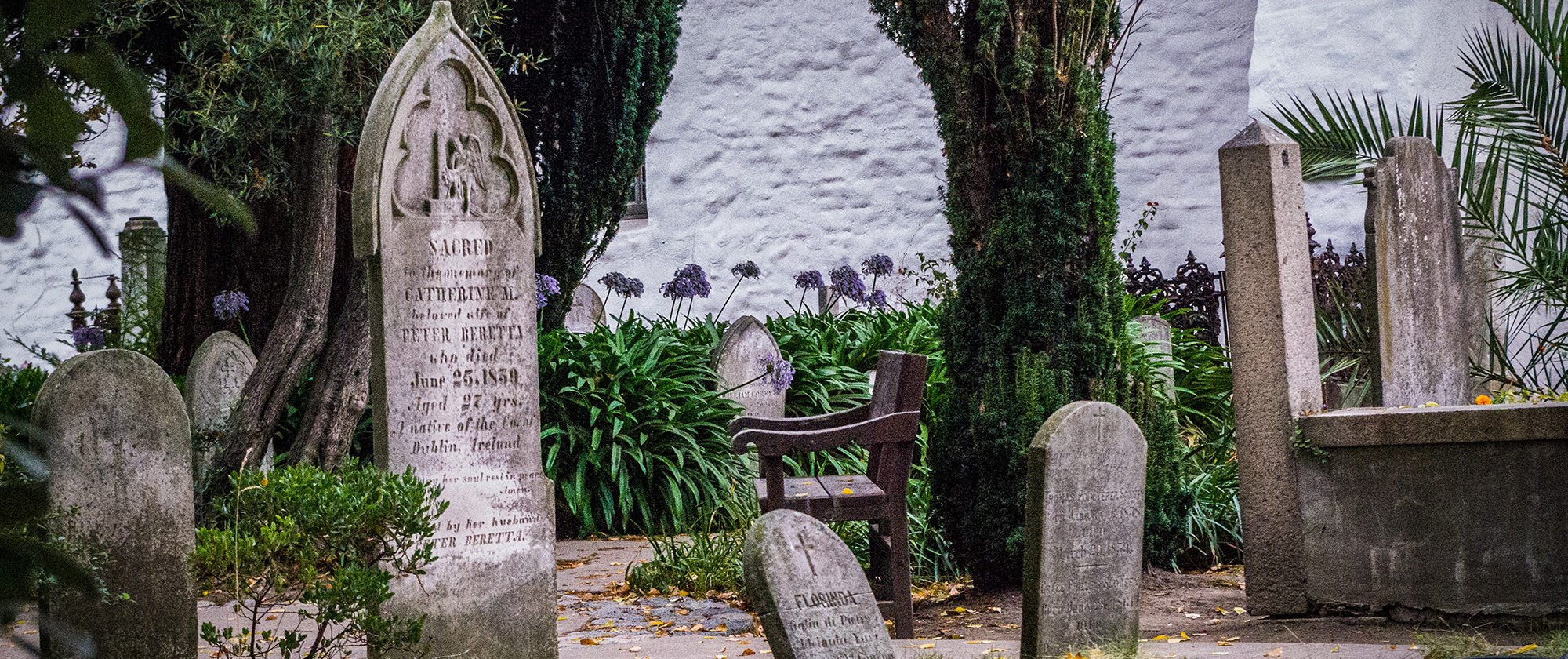A study in which genealogical information from BALSAC (a database of Quebec, Canada) and genetic information of more than 960 modern Quebecers has been combined has allowed the identification of thousands of individuals resting in anonymous graves in cemeteries in this Canadian province. The Genomics Core Facility of the Department of Experimental and Health Sciences, Pompeu Fabra University (DCEXS-UPF) has participated in the study by extracting DNA from the remains and analyzing them.
In Quebec, tombstones were not commonly used until the second half of the 19th century. For this reason, today there are many anonymous graves in the historical cemeteries of the province. A recent study has identified these nameless graves.
The BALSAC database contains the genealogical relationships that links five million individuals, the vast majority married in Quebec during the last four centuries. This information, together with that contained in two genetic markers, has been key to accessing the genetic profile of the historical population of the Canadian province. The chosen markers have been the Y chromosome and mitochondrial DNA, since:
- They are transmitted to the offspring by only one parent; the Y chromosome is transmitted by the father and the mitochondrial DNA by the mother.
- These two genetic molecules are inherited with few modifications.
Researchers compared the genetic markers of unidentified historical remains with the same markers of the more than 960 modern Quebecers who had been genotyped in a previous study. The combination of this genetic information together with the BALSAC data has allowed the researchers to deduce the genetic profiles of approximately 1.7 million individuals from historical Quebec. However, the first author of the study, Tommy Harding, states that if the number of modern genotyped individuals increases, they would be able to identify up to 87% of married men before 1850, and not just 12%.
On the other hand, the study of the genetic background of the population of Quebec would also allow to advance our knowledge on the epidemiology of genetic diseases.
T. Harding, E. Milot, C. Moreau, J.-F. Lefebvre, J.-S. Bournival, H. Vézina, C. Laprise C. Lalueza-Fox, R. Anglada, B. Loewen, F. Casals, I. Ribot, and D. Labuda. Historical human remains identification through maternal and paternal genetic signatures in a founder population with extensive genealogical record. American Journal of Physical Anthropology. 16 February 2020. DOI: 10.1002/ajpa.24024.






